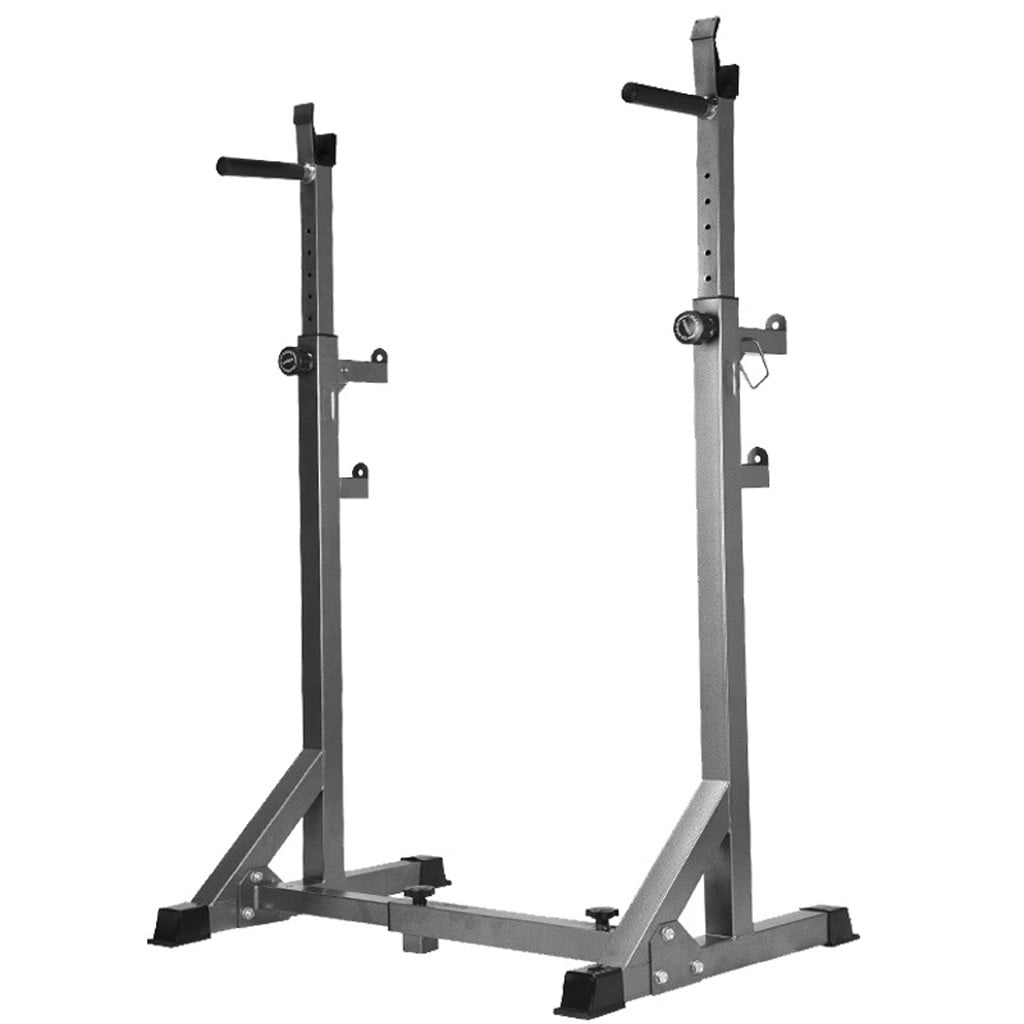

In the final setup position, the athlete should pull their chest up, and shoulder blades back, while still maintaining a brace in their abdominal muscles and ready to lift.Take a deep breath to brace the abdominal muscles.As the athlete pulls themselves down into their setup position, they should maintain a neutral head posture, with their eyes fixed on something about 1-2 feet in front of them.The athlete should hinge at the waist and bend at the knee simultaneously until they can comfortably squeeze the barbell with both hands pronated.Slightly turn the feet outward (engaging the glutes).Starting position is feet shoulder-width apart.If you don’t have a rack to be able to do Rack Pulls, this would be my first suggestion. Rack Pulls are a partial movement of the complete Deadlift from the floor. It only makes sense to start a list of Rack Pull alternatives with Deadlifts. Hopefully, no matter what equipment you have access to or what your level of experience is, at least one of these Rack Pull substitutions will be a good fit for you. Some are advanced movements and others are much more beginner-friendly. Some still use a barbell, but others use dumbbells, kettlebells and other pieces of equipment.


In this guide, I will show you 10 different Rack Pull alternatives. Not a problem because there are plenty of Rack Pull alternatives that you can use as a substitute. They work the quads, hamstrings, glutes and back and the elevated starting position combined with the limited range of motion allows the lifter to use some pretty heavy weight.īut, what if you don’t have a power rack with safety pins to lift off of? (Or you may not even have a barbell) Rack Pulls (also known as Pin Pulls or Partial Deadlifts) are an extremely popular exercise for building lower body strength, and for good reason.


 0 kommentar(er)
0 kommentar(er)
